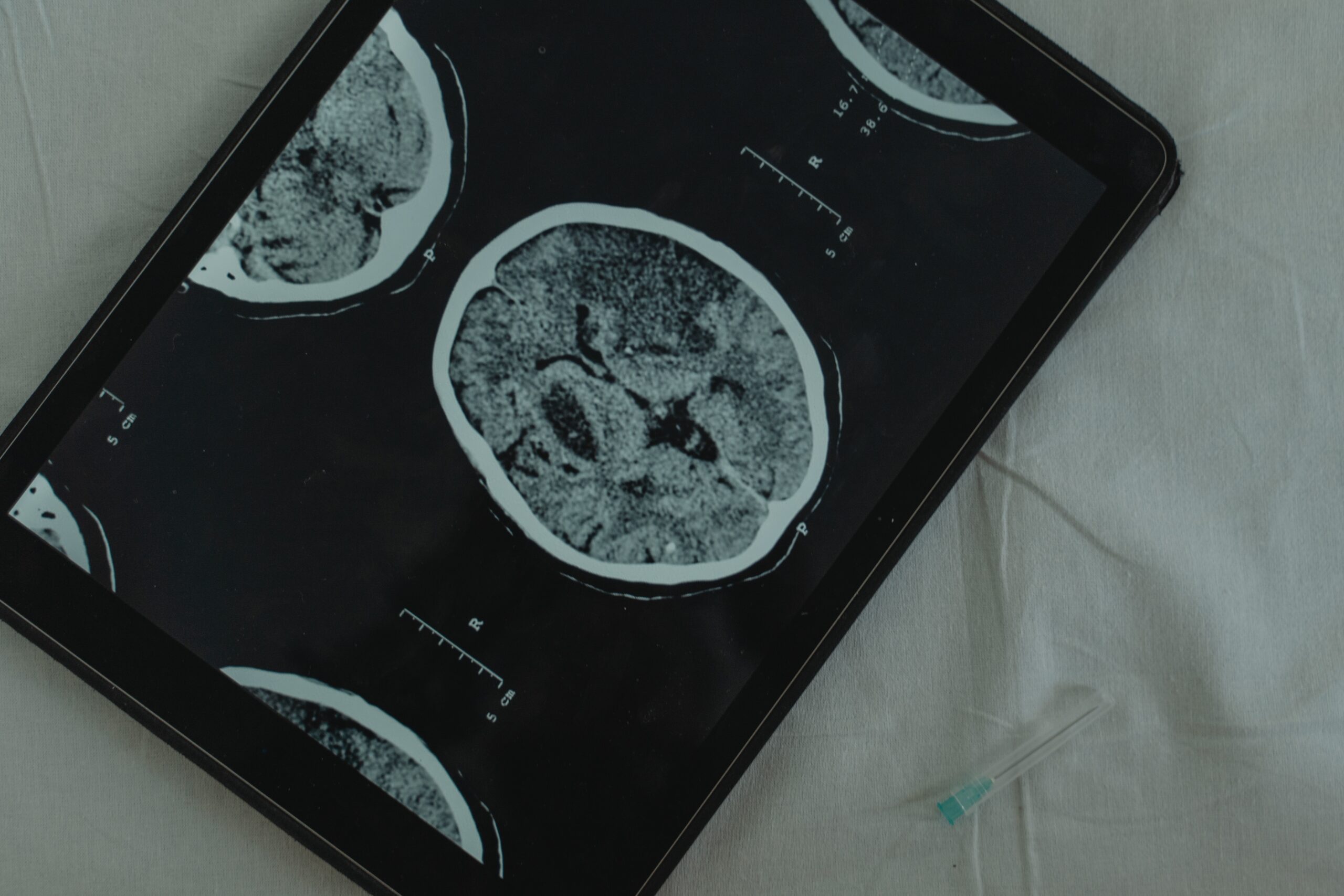Sustaining a brain injury can be very serious, and if caused by someone else, it may be necessary to pursue a claim for compensation to pay for things such as lost wages and medical bills. Brain injuries fall on a spectrum, with some mild injuries resolving over time, while others result in permanent disability or even death.
Following an impact to the head, it is necessary to diagnose the injury, and this may not be a simple task in the case of milder forms of traumatic brain injury (“TBI”). This article looks at the methods of diagnosing TBIs, including the use of single photon emission computed tomography (“SPECT”) scans, and why the method used might impact personal injury claims.
What is a traumatic brain injury?
Traumatic brain injury is the name given to a group of brain injuries that occur when there is a sudden, external impact on the brain. These injuries can range from mild concussions to serious injuries involving comas.
A range of accidents and incidents, such as car accidents, motorcycle accidents, and slips and falls may cause TBIs.
How are traumatic brain injuries diagnosed?
Brain injuries are traditionally assessed using imaging techniques that produce images of the brain, such as computed tomography (“CT”) and magnetic resonance imaging (“MRI”) scans.
Some doctors also use SPECT scans, which is a nuclear imaging test that combines a CT scan with a radioactive tracer to track blood flow in the brain. This can help identify areas of the brain that are not receiving normal blood flow, such as due to the presence of a clogged blood vessel.
It is, however, controversial in the medical profession as to whether SPECT scans are an accurate way to diagnose a TBI. Some neurologists are of the opinion that SPECT scans cannot be used to accurately distinguish between conditions affecting the brain, for example, a brain injury, versus psychological conditions such as depression or anxiety.
Why does the method of diagnosis matter in a personal injury claim?
An important component of a personal injury claim is establishing that an injury has, in fact, occurred and, as such, diagnosis is crucial. Determining the severity of the injury is important because more serious injuries are likely to have worse impacts on the person, such as longer periods away from work, potentially justifying higher compensation awards.
If a personal injury claim proceeds to court, the evidence used to establish the presence of an injury needs to be assessed as reliable. The use of SPECT scans to determine the presence of a TBI may not meet this requirement.
Is a SPECT brain scan a novel science?
In the 2021 Ontario Superior Court of Justice case of Meade v. Hussein, the plaintiff claimed damages following a motor vehicle accident, alleging that she had suffered a TBI and psychological trauma. She underwent a SPECT scan, and the diagnostic radiologist concluded that it showed that the plaintiff had a previous TBI.
The defendant applied to the court for an order that the SPECT scan evidence was inadmissible. He argued that the use of a SPECT scan to diagnose a TBI was novel science that did not meet the test for reliability.
Court found SPECT scan evidence lacked the basic level of reliability
Justice Bale said:
“Brain SPECT scans have been used in clinical practice for about thirty years. In that sense, it is not novel science. However, what is novel is the use of brain SPECT to prove that a patient has suffered TBI, particularly where it is necessary to differentiate TBI from anxiety disorders and depression.”
His Honour explained that novel scientific techniques needed to meet a basic threshold of reliability, which involved assessing factors including whether the technique had been tested and subject to peer review, whether there was a known or potential rate of error and whether it was generally accepted by the scientific community.
Justice Bale decided, based on the expert evidence presented, that the SPECT scan evidence did not satisfy the reliability test.
Can a SPECT brain scan be used as a secondary tool to support a diagnosis?
In the 2022 Ontario Superior Court of Justice case of Wabie v. Wilson, another plaintiff injured in a motor vehicle accident sought compensation after being diagnosed with a concussion by her doctor. She was referred to a clinic for an MRI, which did not diagnose a TBI. A later SPECT scan resulted in a positive TBI diagnosis.
Again, the defendant sought to dismiss the SPECT scan evidence.
Court opened the door for SPECT scan evidence to be used in some circumstances
In this case, Justice Sutherland reached the opposite conclusion.
His Honour decided that the Meade v. Hussein case was distinguishable on its facts because, unlike in Meade v. Hussein, the plaintiff had already been diagnosed with a concussion and the SPECT scan was used as a secondary tool to confirm the diagnosis. In addition, the plaintiff in this case did not have a psychological condition, so the test didn’t need to be able to distinguish between a TBI and other disorders.
This case shows that SPECT scan evidence may potentially be admissible in personal injury cases. It may be able to be used as a secondary tool to support a diagnosis made or symptoms that arose before the SPECT scan was conducted.
Contact Campbell Litigation for Trusted Advice on Traumatic Brain Injury Claims
The personal injury team at Campbell Litigation in Waterloo, led by personal injury lawyer Richard Campbell, will help support you as you recover from any injury. We understand the seriousness of brain injuries and the need to recover fair compensation when someone else’s negligence has caused you to suffer unnecessarily. We work with medical experts and other professionals to build the evidence you need to position your case for a successful outcome. To arrange a free initial consultation to discuss your potential claim, call us at 519-886-1204 or complete our online form.



